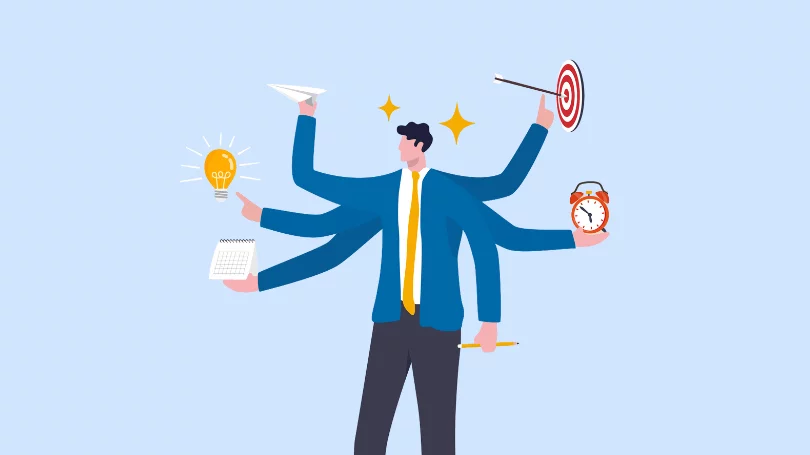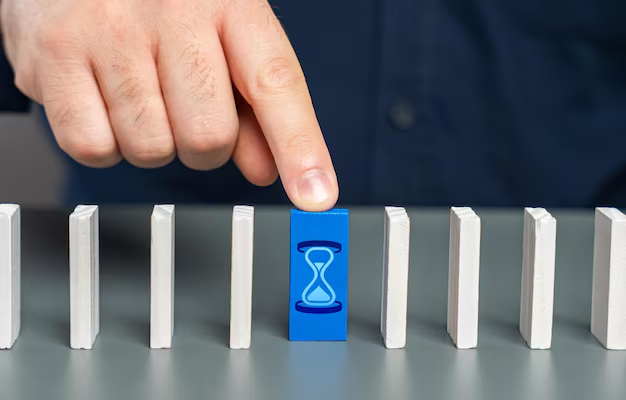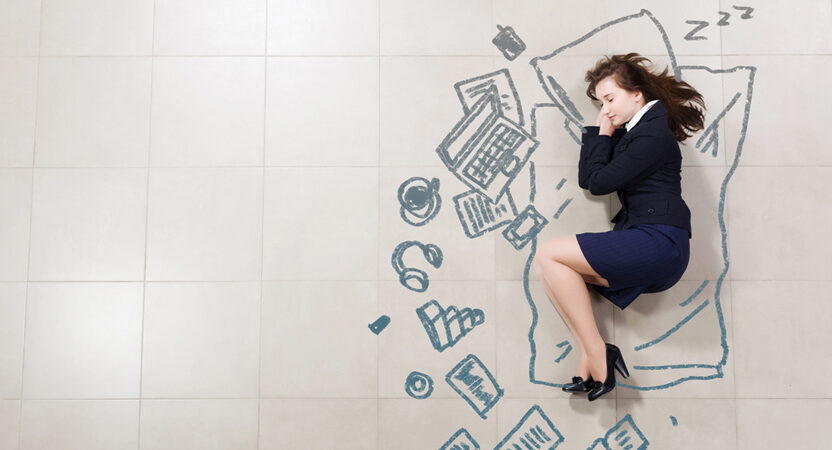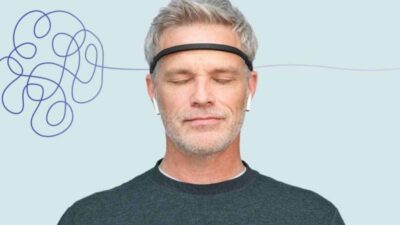
In today’s fast-paced society, many people overlook the power of rest, often associating it with laziness instead of recognizing it as a strategic tool to enhance mental health and productivity. Strategic rest is not about avoiding work, but about boosting overall performance by balancing effort and downtime. This article explores how well-planned breaks can sharpen cognitive functions, prevent burnout, and ultimately improve both mental well-being and productivity. Whether you’re a busy professional, entrepreneur, or student, you’ll find valuable insights and practical tips to prove that rest is a form of productivity.
Understanding Strategic Rest
Strategic rest represents a change in mindset that challenges the conventional view of work and productivity. Rather than seeing rest as wasted time, it is now understood as an essential process to reset the mind, recharge the body, and spark creativity. In our modern, fast-paced culture, this concept is particularly important as rates of burnout and mental health issues increase. Rest is the strategic tool that underlies success and promotes sustained efficiency.
Taking breaks is not just about pausing work; it means scheduling specific periods for relaxation that align with your personal productivity cycles. Research shows that well-timed intervals of rest significantly improve concentration, spark new ideas, and reduce stress. This mindful approach to breaks can transform both your professional and personal life, protecting you from the constant pressure to stay on the go.
By adopting a routine that includes regular, intentional breaks, you can create a stronger connection between mind and body. This strategy not only supports better mental health but also enhances your ability to tackle creative challenges and maintain focus over long periods. In the end, understanding and applying strategic rest paves the way for a more balanced, satisfying, and productive life.
The Science Behind Mental Rest and Productivity
A growing body of research in neuroscience and psychology confirms that rest is vital for optimal brain function. Studies reveal that during rest, the brain consolidates memories, processes emotions, and re-establishes neural patterns crucial for learning and creativity. The brain’s default mode network lights up during rest, highlighting its key role in fostering innovative thinking and reducing stress.
Scientific evidence shows that continuous work without breaks leads to cognitive overload and a reduced ability to absorb new information. Rest naturally recharges the mind, enhancing focus and energy. Many high-performing individuals—from athletes to CEOs—schedule regular breaks to maintain peak performance. Research consistently demonstrates that strategic rest sustains creativity and efficiency over time.

Furthermore, modern brain imaging studies reveal how neural networks become more active during rest. These techniques have shown improvements in memory, problem-solving, and even emotional intelligence. Trusted sources such as the National Institute of Mental Health and various academic journals provide ample evidence of how deliberate breaks can transform mental performance and overall productivity.
Neuroscientific Perspectives
Recent neuroscientific studies emphasize the importance of rest in strengthening the neuronal connections necessary for creativity and complex thought. During rest, the brain’s default mode network integrates information from wakeful moments, enhancing memory and inspiring innovative insights.
Rest is vital for brain plasticity, facilitating the development of new neural pathways that improve learning and adaptability in a changing world.
Psychological Benefits
Psychological research shows a clear link between regular breaks and improved emotional well-being. Allowing your mind to rest helps reduce stress levels and builds resilience.
A balanced routine that includes dedicated rest time not only prevents burnout but also enhances mental clarity and promotes a positive mood, ultimately boosting overall productivity.
Practical Strategies for Incorporating Rest into Your Routine
Incorporating strategic rest into your daily routine might seem challenging at first, but with the right methods, it is entirely achievable. One of the most effective strategies is to schedule short breaks throughout your workday. Research indicates that even a 5-10 minute pause every hour can significantly improve concentration and reduce mental fatigue.
Practicing mindfulness and meditation is another excellent method. These techniques quiet the mind and provide restorative breaks that boost productivity when you return to your tasks. Mindfulness practices create a state of calm essential for refocusing your energy and making the transition back to work smoother.
Additionally, methods like power naps and engaging in creative hobbies can also show measurable benefits. By deliberately setting aside time for these activities, you’re investing in your mental well-being and creating an environment where productivity becomes a natural outcome.

Case Studies and Future Perspectives on Rest and Productivity
Real-life examples offer powerful evidence of the benefits of strategic rest. Numerous case studies across industries show that when employees and leaders make rest a priority, overall performance improves noticeably. Companies that embed these practices into their culture see increased innovation and a significant reduction in stress among team members.
For instance, a leading technology firm introduced structured break intervals and mindfulness sessions for its employees. The outcome was remarkable; productivity rates increased by more than 20% and reported stress levels dropped significantly, leading to higher employee satisfaction. This case underlines the core idea that rest is a vital component of efficiency rather than an obstacle.
Looking ahead, the merging of artificial intelligence and advanced analytics in the workplace may further refine how we incorporate rest. Future strategies might involve personalized break schedules based on real-time biometric and productivity data. These innovations could revolutionize work-life balance, making the approach both scientifically grounded and highly effective.
Corporate Success Stories
Several organizations report dramatic improvements in efficiency and employee health after adopting structured rest practices. These success stories demonstrate how simple, pragmatic adjustments can lead to transformative results.
For example, one multinational company observed fewer sick days and a boost in overall morale after integrating scheduled rest periods into their workday.
Innovative Future Trends
Advances in wearable technology and AI-driven analytics are paving the way for personalized rest plans. These tools can predict optimal moments for breaks, helping professionals sustain peak performance throughout the day.
Future perspectives on work and rest point to a harmonious blend of human biology and technological innovation.
Common Misconceptions and How to Avoid Them

Many misconceptions surround strategic rest. A common myth is that taking breaks equals laziness or a lack of ambition. However, modern research clearly disproves this, showing that regular breaks are necessary for maintaining high performance.
Another misconception is that rest is only useful when you’re completely exhausted. In fact, planning breaks in advance prevents burnout by keeping fatigue at bay and supporting sustained productivity. A proactive approach to rest leads to better mental and physical well-being.
It is important to distinguish between unproductive inactivity and intentional, restorative breaks. Misinterpreting the need for rest as a weakness can hold you back rather than help you grow. Overcoming these misconceptions requires a cultural shift in how we measure productivity—valuing mental health and quality output equally.
Debunking the Myth of Laziness
Planned breaks are often mistaken for inefficiency, but data shows that regular rest is key to maintaining high performance.
Recognizing that quality work stems from a well-rested mind and body is essential for long-term success.
Why Exhaustion is Not a Prerequisite for Rest
Waiting until you are utterly exhausted to take a break is counterproductive. Regular, proactive rest prevents burnout and boosts creative capacity.
Consistent and planned downtime helps reduce stress and enhances overall life satisfaction.
Additional Insights on Strategic Rest and Its Broader Impact

To expand on the topic of strategic rest, it is important to consider its multifaceted impact on our lives. Beyond immediate productivity gains, structured rest influences long-term mental health, resilience, and interpersonal relationships. Research continues to show that when both institutions and individuals adopt a holistic view of productivity—one that balances active work with restorative downtime—they not only deliver better results but also experience enhanced creativity and emotional stability.
Adopting the idea that «Descansar también es productividad» challenges the conventional division between work and leisure. In today’s digital age, where constant connectivity blurs these boundaries, intentionally scheduled breaks serve as a safeguard against chronic stress. By embedding planned pauses into your schedule, you pave the way for breakthroughs in creative problem-solving and a more sustainable work-life balance.
Organizations are increasingly measuring success not only by output but also by the well-being of their workforce. Forward-thinking companies are crafting workspaces and schedules that emphasize rest, open communication, and flexibility. Multimedia resources, interactive workshops, and continuous educational sessions further reinforce the message that strategic rest is essential for long-term productivity.
In the academic realm, emerging research shows a strong link between regular mental breaks and improved learning outcomes. Higher education institutions are beginning to incorporate rest strategies into their curricula, enabling students to better manage stress and perform academically. This research not only validates the benefits of strategic rest for mental health but also encourages its adoption across diverse age groups and professional fields.
In conclusion, embracing strategic rest revolutionizes the way we improve mental health and productivity. This approach challenges the old belief that relentless work guarantees success and instead promotes balance. Integrating regular, deliberate breaks into your daily routine can yield remarkable cognitive, emotional, and professional benefits. The insights, strategies, and real-world examples discussed in this guide clearly demonstrate that rest is not only beneficial but essential for sustainable success and long-term well-being.




